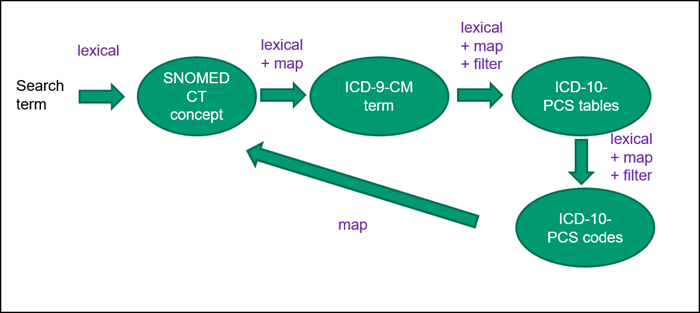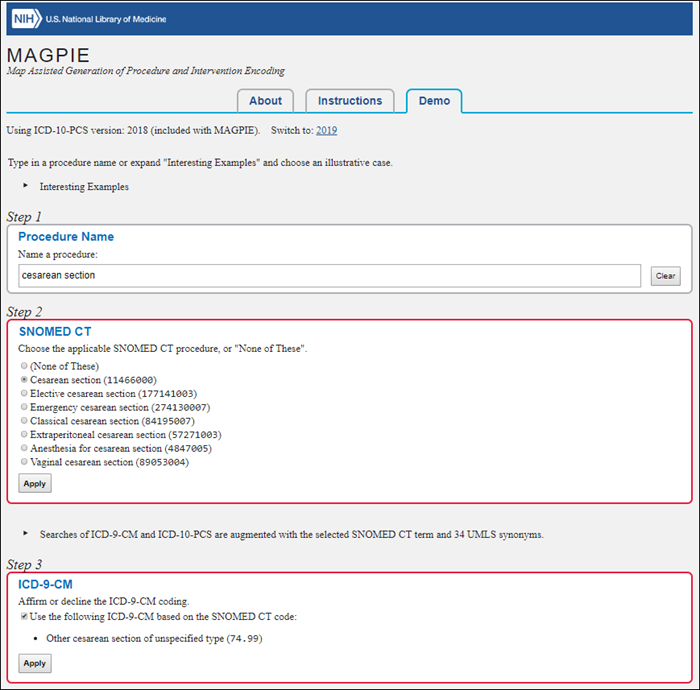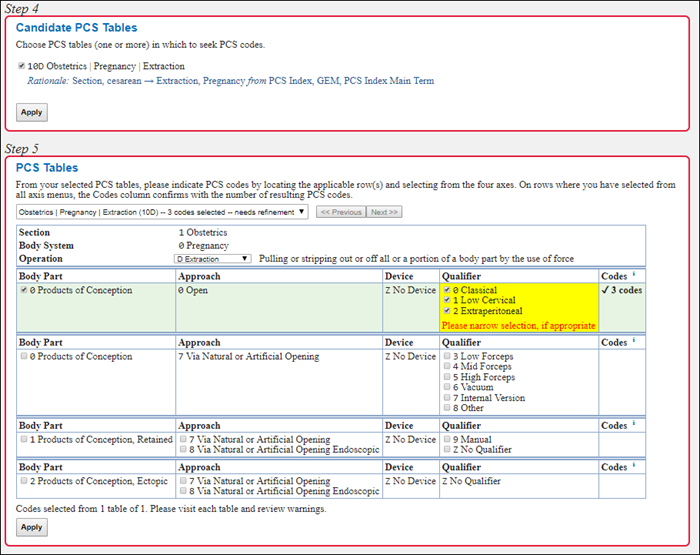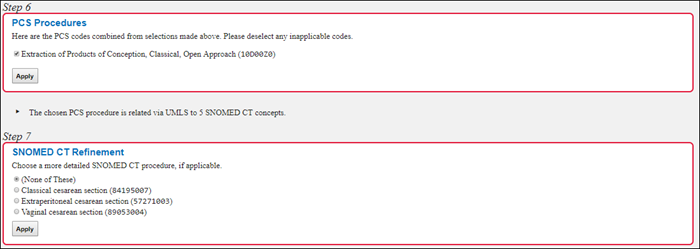



Table of Contents: 2019 MAY - JUNE No. 428
Fung K.-W. NLM Launches MAGPIE Web Tool. NLM Tech Bull. 2019 May-Jun;(428):e3.
On May 28, 2019, the National Library of Medicine (NLM) launched the new web tool MAGPIE (Map Assisted Generation of Procedure and Intervention Encoding). MAGPIE is an interactive tool to help users (e.g., professional coders, researchers, clinicians) find SNOMED CT and ICD-10-PCS codes for medical procedures and interventions. MAGPIE is an NLM research tool and is developed primarily for the 2018 version of ICD-10-PCS.
SNOMED CT is the designated clinical terminology in the U.S. for clinical problems and procedures in the electronic health record. The SNOMED CT United States (US) Edition is the official source of SNOMED CT for use in U.S. healthcare systems and can be accessed here. ICD-10-PCS is required under the Health Insurance Portability and Accountability Act (HIPAA) for procedures and interventions in hospital inpatient health settings.
In addition to the ICD-10-PCS coding resources (i.e., index, tables and definitions), MAGPIE also uses the Unified Medical Language System (UMLS), the General Equivalence Maps (GEM) from ICD-9-CM to ICD-10-PCS, and the ICD-9-CM Procedures index (re-purposed for ICD-10-PCS coding) to facilitate code searching. MAGPIE combines lexical and map-assisted searching strategies to look for SNOMED CT, ICD-9-CM, and ICD-10-PCS codes sequentially. Lexical matching makes use of the rich index terms in the re-purposed ICD-9-CM procedure index, synonyms in the UMLS, and the ICD-10-PCS index. Map-assisted searching relies on inter-terminology mappings from the GEM and UMLS.
MAGPIE search sequence and search methods (see Figure 1):

Example of MAGPIE Search Sequence and Search Methods




MAGPIE is developed in collaboration with the SNOMED CT to ICD-10-PCS Mapping Project Group under SNOMED International. MAGPIE is made available as an NLM research tool and has not been tested in any real life production environment. We welcome feedback on its usability and suggestions for improvement. Any future development will depend on the level of public interest and availability of resources.
By
Kin-Wah Fung
Lister Hill National Center for Biomedical Communications